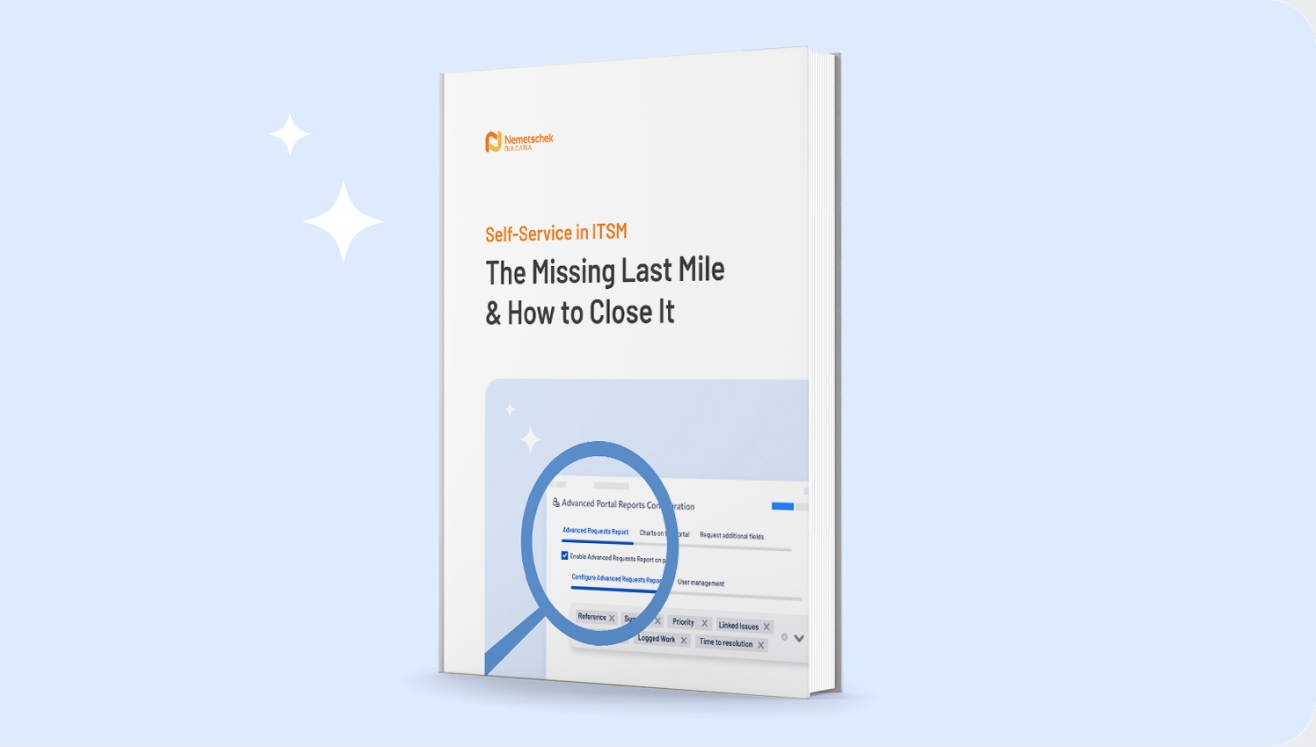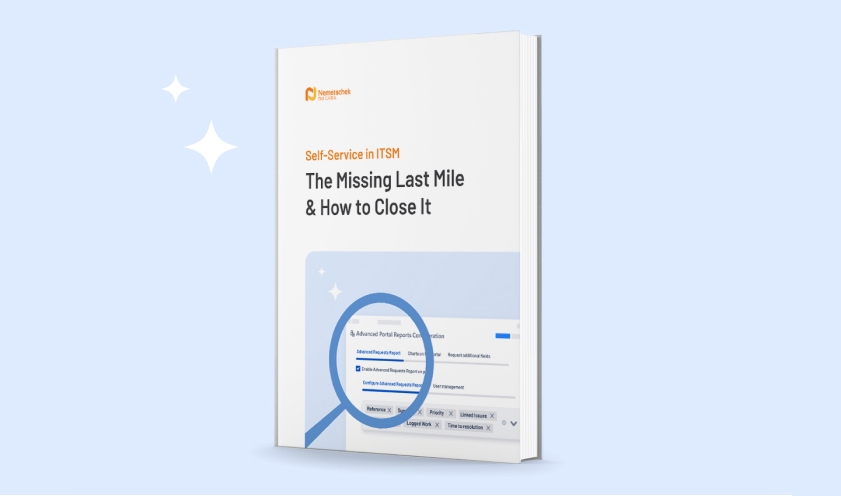

Stay Tuned
You want to find the right answers, fast.


You want to find the right answers, fast.
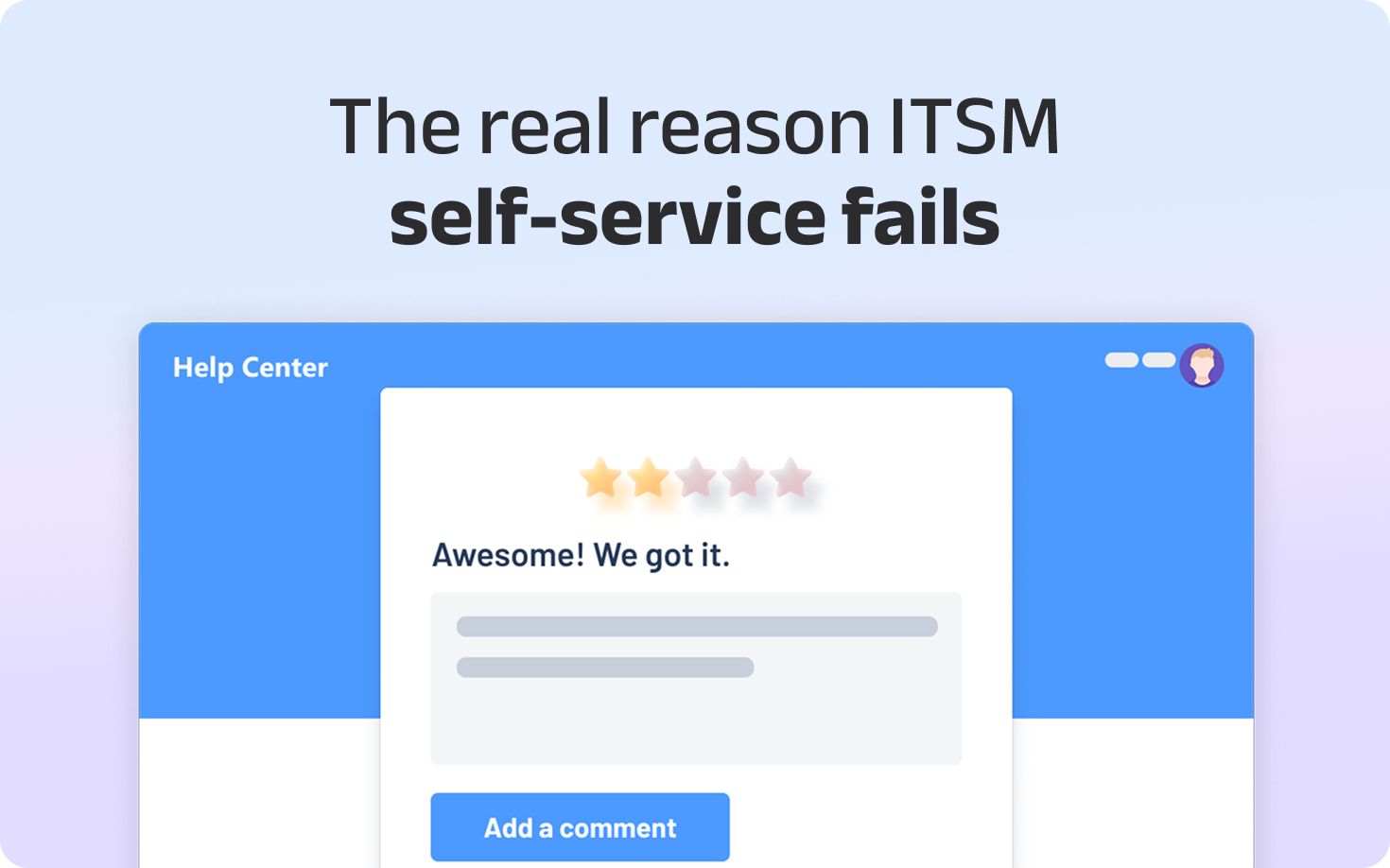
Self-service in ITSM isn't failing because of your chatbot or knowledge base. It's failing because portal users who don't have Jira licenses lose access to the rich operational data they need the moment they submit a ticket.
Instead of empowering them with comprehensive visibility, your self-service strategy hands reporting and tracking control back to support teams—leaving both portal users and agents frustrated.
The uncomfortable truth? Only 14% of customer service issues are fully resolved through self-service. And unfortunately, most Jira admins blame the wrong culprits when self-service CSAT scores stagnate:
|
Usual Suspects |
The Reality |
|
Our chatbot is too basic. |
Your bot handles password resets and common FAQs effectively. |
|
Our knowledge base needs more content. |
Users can find most answers they need on the comprehensive knowledge bases you've built. |
|
Our portal UI is confusing. |
Jira Service Management's (JSM) interface has improved dramatically. You can easily link a Confluence space to a JSM project to use it as a knowledge base within the service portal. |
The bottom line is that your JSM portal successfully deflects routine cases. But then it abandons portal users without access to the detailed operational data, custom field visibility, and comprehensive reporting capabilities they need to truly manage their requests independently.
Every self-service journey in Jira (whether it starts with a chatbot, knowledge base search, or automation workflow) inevitably leads to the same destination: ticket submission. That's where your self-service strategy breaks down.
|
JSM User Journey
|
The irony is striking. Portal users begin as self-reliant problem-solvers and instantly become dependent on agents for the rich operational data they need to truly manage their requests independently.
This is the last-mile gap—the comprehensive data void between ticket submission and resolution that no amount of chatbot or knowledge base improvements can fix.
While users can see their request status, they can't access the detailed operational insights, custom field data, exportable reports, or advanced filtering capabilities that transform passive ticket tracking into active request management.
Most Jira admins can easily miss this problem because they focus on tracking deflection success ("How many cases did our KB deflect?") through standard reports like Requests deflected and Requests resolved.
And they completely overlook user satisfaction with post-submission operational data access; something easily measured through JSM's built-in Satisfaction report.
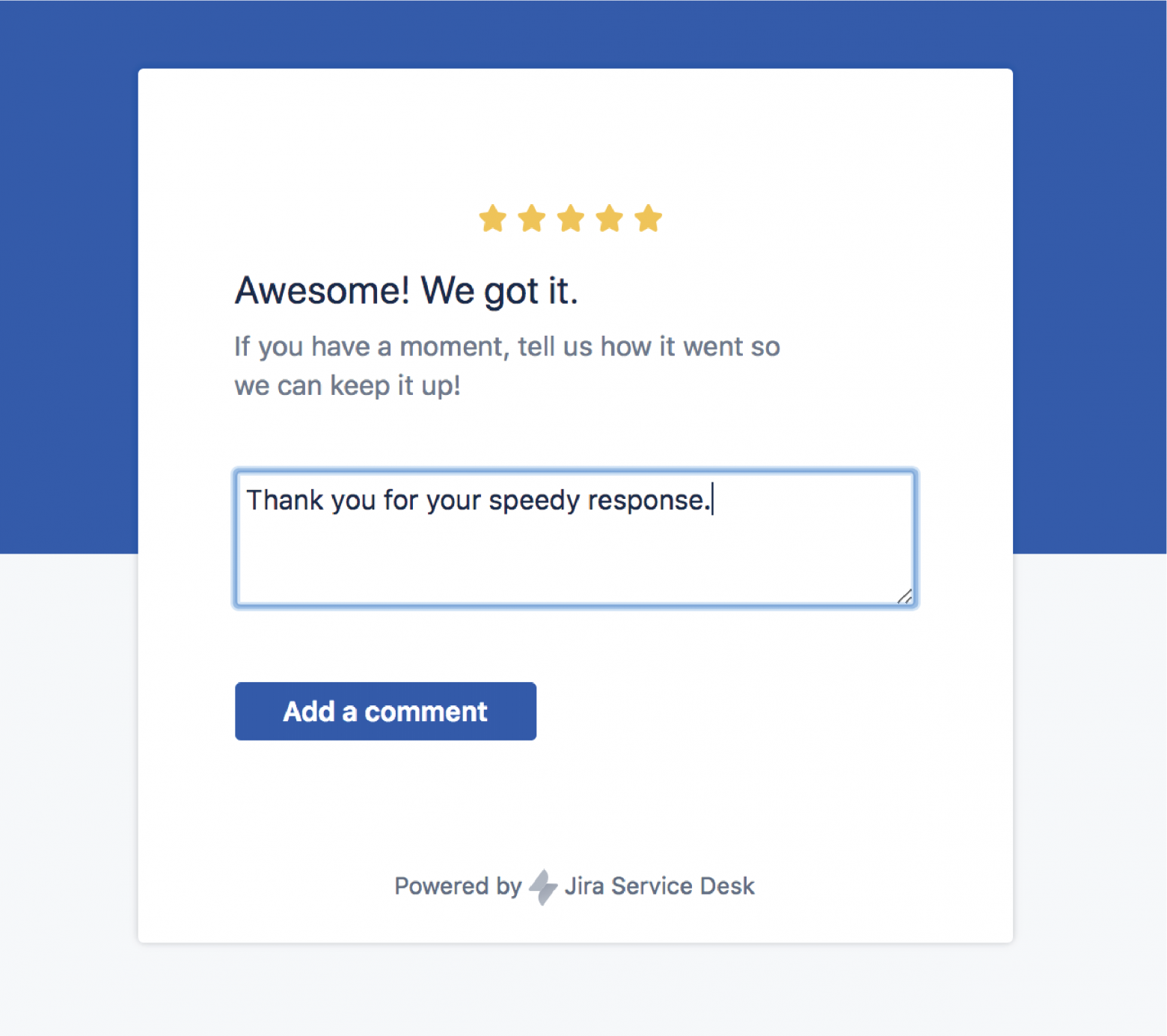
You can easily measure user satisfaction with post-submission visibility using JSM’s built-in Satisfaction report.
Wondering if your JSM setup has fallen into the last-mile trap? Here are the Jira-specific warning signs to watch for:
Sound familiar? Most admins obsess over deflection rates while completely ignoring whether portal users can access the rich operational data they need for effective request management.
But the good news is that closing this comprehensive data gap doesn't require overhauling your entire self-service strategy.
The solution isn't rebuilding your deflection strategy, it's completing it with comprehensive operational data access that goes far beyond basic status updates.
Our Advanced Portal Reports app bridges this exact gap. Instead of leaving portal users limited to basic status information, the app transforms JSM into a comprehensive self-service reporting hub where they maintain full operational visibility and control throughout the entire support journey with real-time Jira insights.
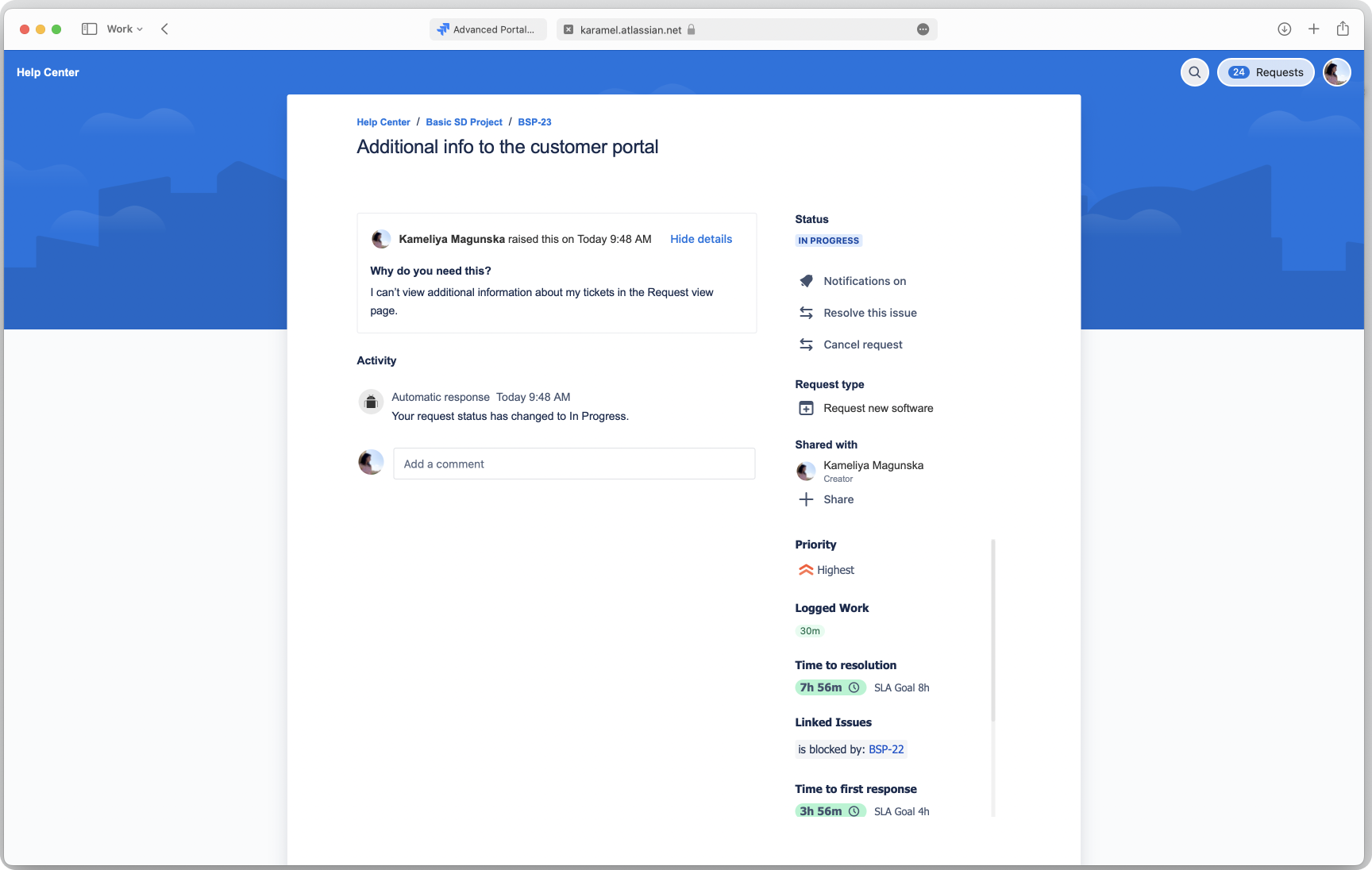
Our app gives you tons of visibility into your ticket post-submission.
So, portal users stay empowered with rich data access from search to resolution, and agents focus on solving problems instead of providing manual reporting and data compilation services.
Your chatbot and knowledge base aren't broken; your post-submission operational data access is. The gap between ticket submission and comprehensive reporting transparency is where 86% of self-service attempts fail, not at the deflection stage.
The last-mile matters more than the first mile because it determines whether portal users can independently manage their requests with rich operational insights or must depend on agents for detailed reporting, SLA tracking, and data analysis. If they prefer agent dependency for these critical functions, then what's the point of building a self-service portal in the first place?
Ready to close your last-mile operational data gap? Discover the complete framework for comprehensive self-service reporting in our Complete Guide to Self-Service in ITSM (And the Missing Last Mile) or download our actionable ebook.
Learn about the missing last mile of self-service on the go with our free ebook, on the house.
